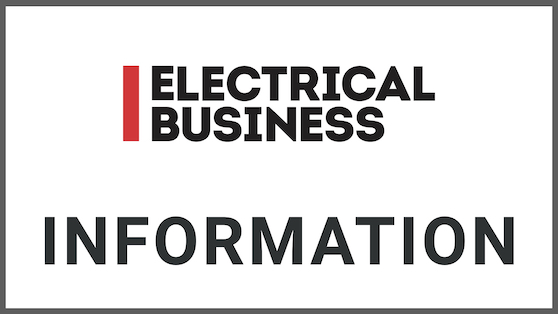
News
Safety
Safety News
WorkSafeBC targeting four high-risk areas in construction this year
April 15, 2022 | By Anthony Capkun

April 15, 2022 – BC’s construction sector has an injury rate that is consistently higher than the provincial average, says WorkSafeBC, so the agency will focus on the following four problem areas this year:
1. Falls from elevation continue to drive the serious injury rate in construction.
2. Struck-by [mobile equipment] injuries continue to drive the serious injury rate and are currently surpassing falls from elevation in terms of the number of injury claims.
3. Working in proximity to high-voltage powerlines is a high-risk work activity. Inadequate controls continue to put workers at risk of serious injury or death during the construction phase of building structures, during maintenance of building structures, and while moving equipment and materials on a worksite.
4. Overexertion and repetitive strain injury are the main drivers of musculoskeletal injury claims in the construction industry.
“Our inspections are taking a risk-based approach to ensure the most significant risks are being managed effectively,” said Al Johnson, head of Prevention Services. “This involves employers and their workers working together to identify hazards, evaluate risks, and implement the appropriate controls specific to the work being done onsite.”
WorkSafeBC adds that construction employers need to ensure these efforts involve their workers, and are effectively communicated to workers through orientations, training, supervision, incident investigations, worksite inspections and, where applicable, joint health & safety committees.
As part of its high-risk strategy for construction, WorkSafeBC says it is also working with external stakeholders—such as the BC Construction Safety Alliance—to “proactively respond to evolving industry challenges and emerging risks”.
“At the BC Construction Safety Alliance, our sole goal is to improve safety outcomes in the construction sector,” said Mike McKenna, executive director. “Assisting WorkSafeBC to impact those areas that represent the most risk is a priority.”
The construction industry had an injury rate of 3.3 per 100 workers in 2020, compared to 2.14 across all industries in the province, WorkSafeBC reports, adding serious injuries account for about 19% of claims in the construction industry.
In 2021, WorkSafeBC prevention officers conducted a total of 7131 initiating inspections, resulting in 8145 orders. A total of 156 penalties were imposed on construction employers.
Print this page